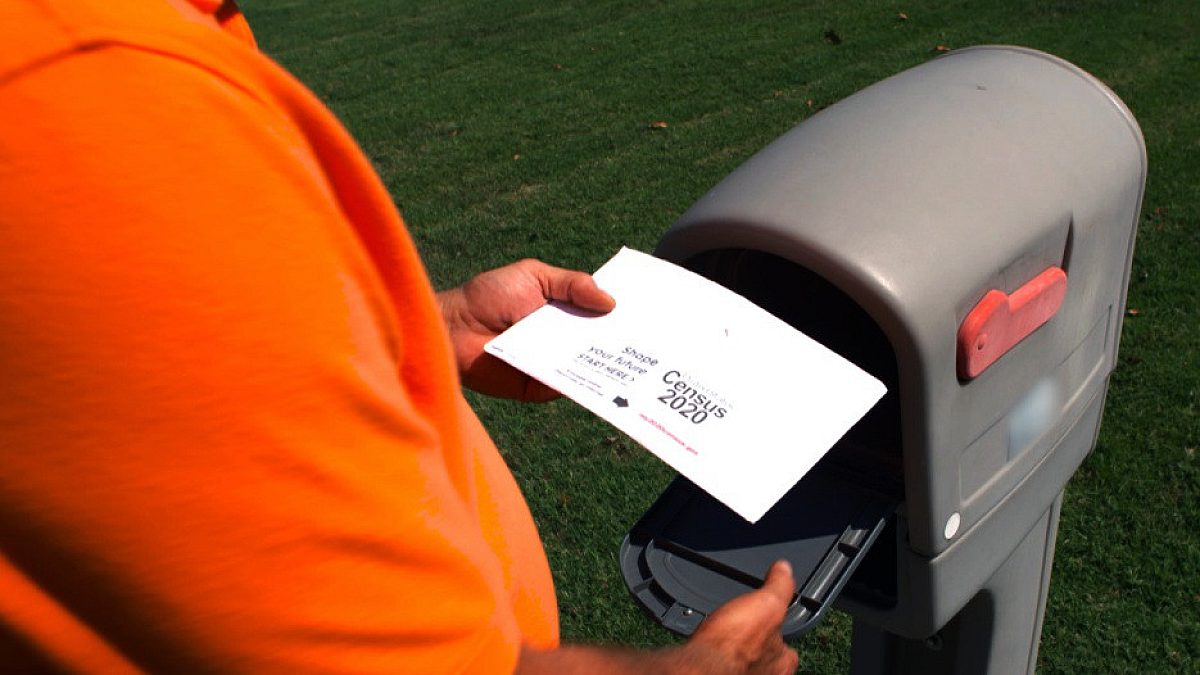Make It Count
TOPICS
Rural CommunitiesGuest Author
Special Contributor to FB.org

photo credit: U.S. Census Bureau
Guest Author
Special Contributor to FB.org
By Greg Doering
In the coming days your household will receive an invitation to participate in the 2020 census. It’s part of a constitutional mandate for the federal government to count every man, woman and child living in the United States. This has happened every decade since the initial census in 1790, shortly after the founding of our new nation.
While the Constitution only requires a simple accounting of every living soul, the census has been used since its inception to gather other vital information about the nation’s population.
Federal and state officials will use the data in numerous ways, including to allocate spending.
The census has been used since its inception to gather other vital information about the nation’s population.
Answering the census also is the first step in choosing who will represent us in state capitals and Washington, D.C., because the information is used to reapportion U.S. congressional districts. The boundaries of every state’s representatives and senators will change for the next 10 years.
Of course, the census will ask how many people were living in your household on April 1, also known as Census Day. Other questions include queries about your age, sex, race, what type of home you live in, whether you own or rent and your phone number in case there are any questions about your responses.
The census has always been about more than just counting the population. The initial 1790 questionnaire asked for the name of the head of the family and the number of people living in the home delineated by the following: free white males 16 and older; free white males younger than 16; free white females; all other free people; and slaves.
That first survey recorded nearly 4 million people living in the original 13 states plus the districts of Kentucky and Vermont, in addition to the Southwest Territory (we now call it Tennessee). It was a daunting task to count everyone in our sprawling, new nation.
While we’ve stopped adding states and territories, counting all 320-plus million of us is still a major undertaking, but it’s been modified for today’s technology.
This year will be the first time you can choose to respond online or by phone. If you don’t respond, you’ll receive a paper form to complete and mail back. If you don’t respond in any fashion, there’s a good chance you’ll receive an in-person visit from a census worker sometime between May and July.
Up to 10 states could lose federal representatives. Seven are expected to gain congressional seats, led by Texas and Florida with at least three and two seats, respectively.
We only get one chance every decade to say, “I’m here.” In addition to apportionment, the census plays a role in state and federal policy through the allotment of tax dollars to hospitals, fire departments, roads and other projects.
In short, it’s an opportunity to make sure you count.
Greg Doering is a writer and photographer at Kansas Farm Bureau. This column was originally published as part of the Kansas Farm Bureau Insight series.
Trending Topics
VIEW ALL